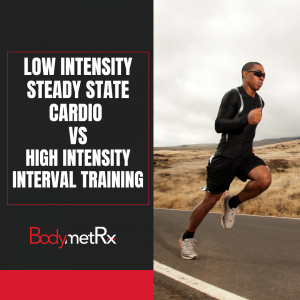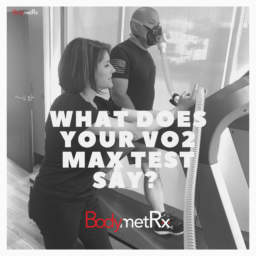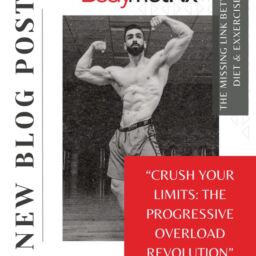Could you be burning more fat?
Unveiling the Cardio Conundrum: Low Intensity Steady State Cardio vs. High Intensity Interval Training
Cardiovascular exercise is a key component of any fitness regimen, and two popular approaches are Low Intensity Steady State (LISS) and High Intensity Interval Training (HIIT). In this blog post, we’ll explore how these methods differ in terms of carbohydrate and fat burning, as well as their impact on improving VO2 max.
Carbohydrate and Fat Burning:
LISS primarily relies on aerobic metabolism, utilizing a steady oxygen supply to burn a higher percentage of fat for fuel. When you burn fat, it’s actually exhaled as a gas, CO2. At BodymetRx, we are measuring both oxygen consumption and CO2 output to determine when you are burning the most amount of fat. This makes it an ideal choice for those looking to enhance fat oxidation during their workouts. On the other hand, HIIT is characterized by short bursts of intense effort followed by periods of rest. While HIIT may burn a higher proportion of carbohydrates during the workout itself, it has been shown to elevate post-exercise oxygen consumption (EPOC), leading to increased fat burning in the hours following the workout.
VO2 Max Enhancement:
VO2 max, or maximal oxygen consumption, is a key indicator of cardiovascular fitness. LISS, with its sustained and moderate intensity, can contribute to gradual improvements in VO2 max over time. This is particularly beneficial for individuals looking to build endurance for activities like long-distance running or cycling. On the flip side, HIIT has been shown to yield rapid improvements in VO2 max in a shorter timeframe. The intense intervals push the cardiovascular system to its limits, promoting efficient oxygen utilization and enhancing aerobic capacity. As always, we recommend paring a VO2 max test with a Personal Metabolism Test (RMR) to determine how to adequately fuel you for your goals.
The Afterburn Effect:
EPOC, often referred to as the “afterburn” effect, plays a crucial role in the post-exercise calorie burn. HIIT has been shown to induce a more significant EPOC compared to LISS, even though LISS burns a higher percentage of calories from fat during the workout. This means that, despite a shorter duration, the metabolic benefits of HIIT may extend well beyond the workout session, contributing to overall calorie expenditure. Research typically reports that you burn fat 1-3 hours after a cardio session.
Individual Cardio Preferences and Goals:
The choice between LISS and HIIT ultimately depends on individual preferences, fitness levels, and specific goals. Those seeking to build a solid aerobic base or recover from injuries might find LISS more sustainable. On the other hand, individuals with limited time looking for efficient, time-effective workouts and rapid improvements in cardiovascular fitness may lean towards HIIT.
How should you workout:
In the realm of cardio, both LISS and HIIT offer unique benefits. LISS emphasizes fat burning during exercise and gradual improvements in VO2 max, while HIIT provides a time-efficient option with a potent afterburn effect and rapid enhancements in aerobic capacity. Integrating a combination of both into a well-rounded fitness routine can provide a balanced approach to cardiovascular health and fitness.
Recommendations to get started:
1. Find a studio near you that tests VO2 max and make sure they have the capability to measure CO2.
2. Get yourself a good fitness tracker such as an Apple Watch or a Chest Strap.
3. Set some cardio goals and get after it!





